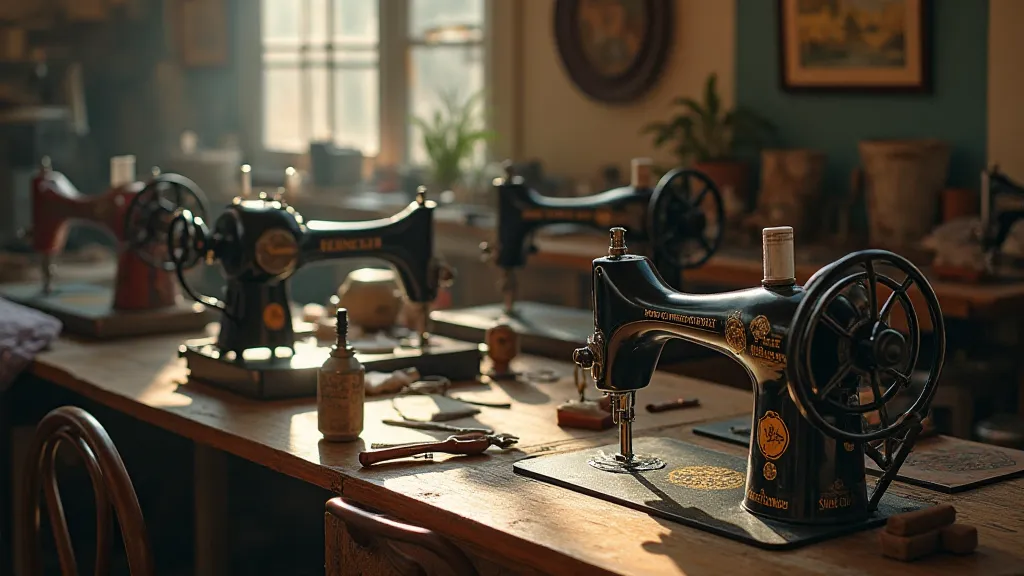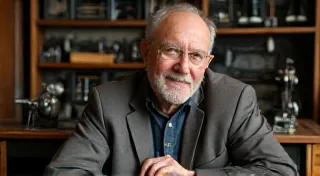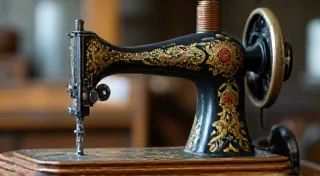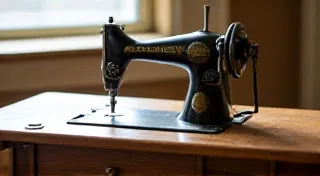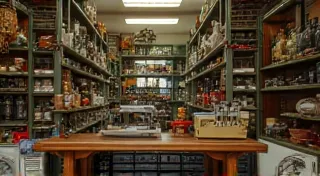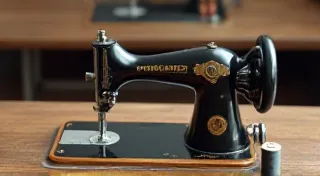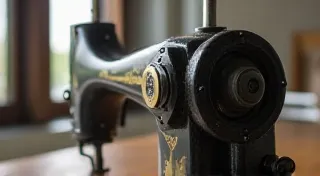Beyond Singer: Notable Antique Sewing Machine Manufacturers
The rhythmic hum of a vintage sewing machine—it's more than just the sound of mechanics; it’s a whisper of history. Most people, when thinking of antique sewing machines, immediately picture a Singer. And rightly so; Singer’s dominance is undeniable, their machines ubiquitous in homes and workshops across generations. But what about the other manufacturers? The ones who, though less celebrated, contributed significantly to the evolution of sewing technology and hold a special allure for discerning collectors? Today, we venture beyond the familiar Singer logo to explore the stories of some of these notable, often overlooked, antique sewing machine manufacturers.
My own journey into collecting began with a simple curiosity. I'd inherited my grandmother’s Singer, a beautiful black model that witnessed the creation of countless garments. It felt like a connection to her, to her skills, and to a time when making something with your own hands was not just a hobby, but a necessity. But as I researched its origins, I started uncovering a fascinating world of other manufacturers, each with their unique aesthetic and engineering solutions. These machines weren't just tools; they were reflections of their era, testaments to the ingenuity of their creators.
The Legacy of Grover & Wyckoff
Grover & Wyckoff, a name that resonates with a quiet elegance in the antique sewing machine world, holds a particularly compelling story. Founded in 1840s New York City, Grover & Wyckoff were pioneers in the sewing machine industry, predating many of their competitors. Elias Howe’s patent, though foundational, was fraught with legal challenges, and Grover & Wyckoff managed to navigate these complexities, evolving their designs and solidifying their presence. Their machines are characterized by a distinctive, often ornate, design, a reflection of the Victorian era’s emphasis on aesthetics. Many Grover & Wyckoff machines feature delicate floral motifs and elegant curves, making them highly desirable amongst collectors.
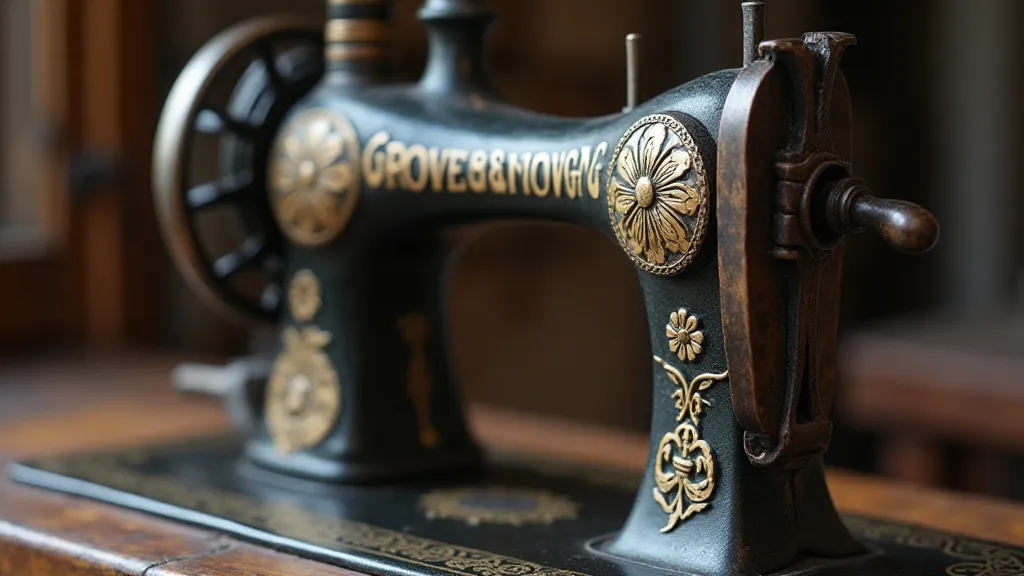
What distinguishes Grover & Wyckoff is their innovative approach to mechanisms. They often employed unique gear arrangements and escapement systems that were both functional and visually interesting. Their machines tend to be heavier and more robust than some of their contemporaries, reflecting a focus on durability and professional use. Finding a fully functional Grover & Wyckoff machine is a treasure; their smooth operation and distinctive tone make them a joy to use. The relative scarcity of these machines adds to their collectability; they represent a tangible connection to a pivotal moment in sewing history.
The Quiet Confidence of Home
The Home Manufacturing Company, headquartered in New York, represents a different narrative. While not as immediately recognizable as Singer or Grover & Wyckoff, Home sewing machines carved out a significant place in the market, particularly in the late 19th and early 20th centuries. Home machines are known for their practicality and relative simplicity. Their designs are often less ornate, prioritizing functionality and affordability. This made them popular with a broader segment of the population.
The company's history is intertwined with the challenges of the burgeoning sewing machine industry. Facing patent infringement suits, Home developed its own innovative mechanisms, avoiding direct copies of Howe’s original design. Their machines often featured a "vibrating needle" system, a distinctive feature that some collectors find appealing for its quiet operation. This wasn’t necessarily superior mechanically, but it represented an attempt to differentiate themselves in a crowded market. The vibratory needle action, while quieter than a reciprocating needle, can require more delicate adjustment and maintenance – something to consider if you're drawn to owning a Home machine.
One fascinating aspect of collecting Home machines is their international presence. The company exported extensively, leading to variations in branding and features across different regions. Finding a Home machine with a particular country of origin can significantly add to its appeal for collectors.
The German Precision of ISS (Industrielle Stickmaschinen-Gesellschaft)
Venturing across the Atlantic, we find the Industrial Sewing Machine Company, better known as ISS, a German manufacturer celebrated for their engineering precision. ISS machines are a testament to German industrial innovation, characterized by robust construction, innovative gear systems, and a reputation for reliability. Unlike the often ornate designs of American manufacturers, ISS machines often present a more utilitarian aesthetic—a reflection of German design principles of the time. Their machines weren't necessarily designed to be beautiful in a Victorian sense, but they were undeniably well-engineered and built to last.
The intricate internal mechanisms of ISS machines are a draw for collectors who appreciate mechanical complexity. Disassembly and restoration can be a rewarding, albeit challenging, experience. Many ISS machines are also equipped with specialized attachments, indicating their use in commercial and industrial settings. These attachments, often unique to ISS, offer a glimpse into the diverse applications of these machines.
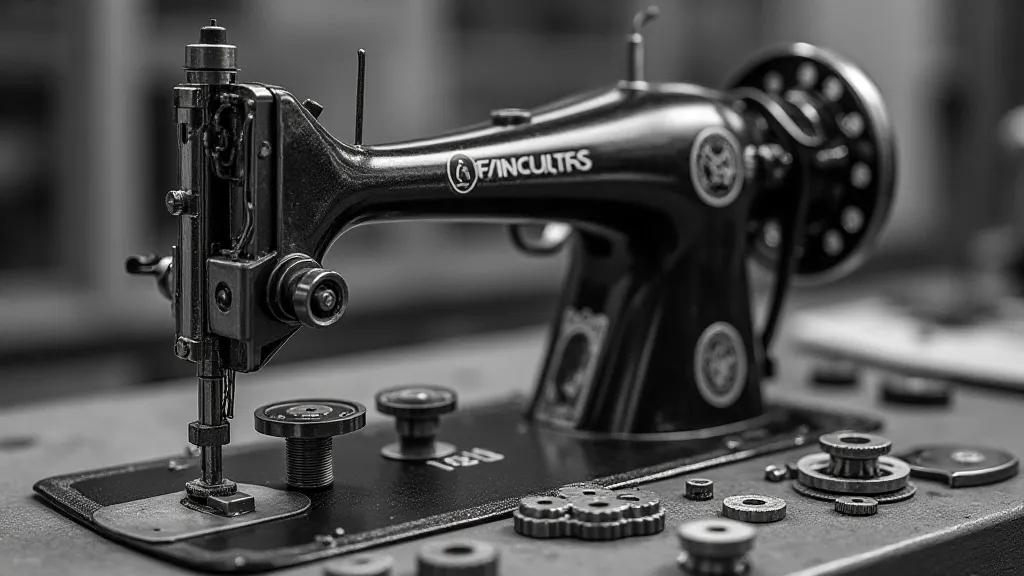
Beyond the Name: The Joy of Discovery
Collecting vintage sewing machines isn’t solely about the brand name. It's about appreciating the craftsmanship, understanding the historical context, and connecting with the people who relied on these machines to create, to mend, and to build a life. Each machine has a story to tell, a silent witness to generations of creativity and resourcefulness. The discovery of a lesser-known manufacturer, a machine that isn’s as readily recognized, amplifies that sense of wonder.
Restoration, too, is a way to honor the legacy of these machines. While some purists advocate for preserving the original condition, thoughtful restoration – cleaning, lubrication, and replacement of worn parts – can breathe new life into a neglected machine, allowing it to continue its purpose of creation. Finding original parts can be a challenge, often requiring patience and a willingness to scour antique markets and online forums. However, the satisfaction of bringing a forgotten machine back to functionality is immeasurable.
The world of vintage sewing machines extends far beyond the iconic Singer. Exploring the legacies of Grover & Wyckoff, Home, ISS, and countless other manufacturers offers a richer, more nuanced understanding of sewing history. It’s a journey of discovery, a celebration of ingenuity, and a connection to the enduring power of human creativity. So, the next time you're browsing an antique shop or online auction, take a moment to look beyond the Singer logo—you might just uncover a hidden treasure.
